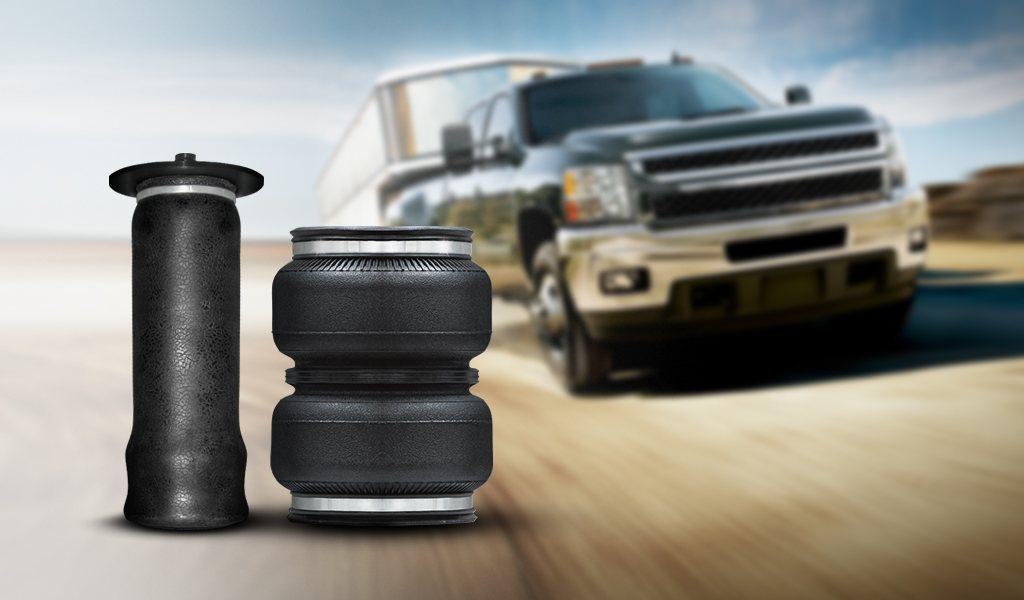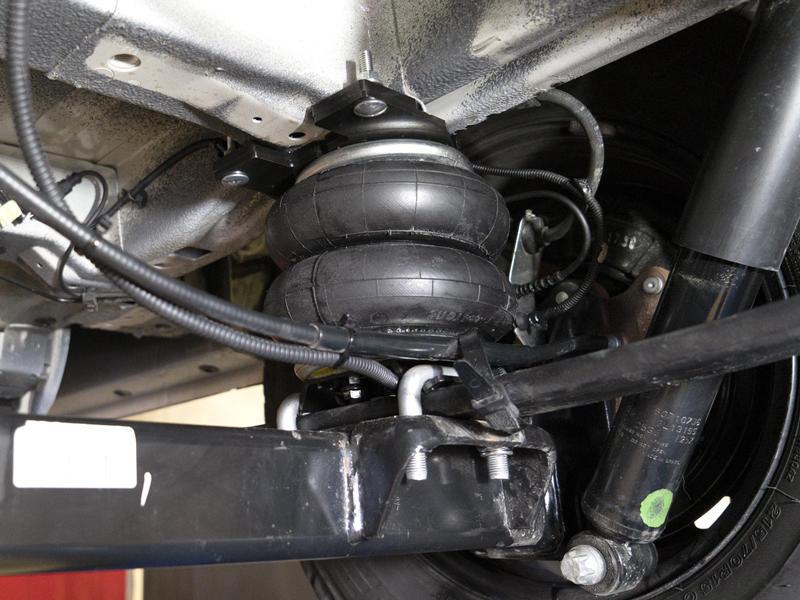Does Air Suspension Need Maintenance?
By Sebastian Orellana
Updated Feb 18, 2024

Your car's air suspension is a fantastic way to enjoy a smooth and comfortable ride, but like any other part of the car, it requires some TLC. While air suspensions don't require frequent maintenance, they need attention from time to time to ensure they continue to perform optimally.
Table of Contents
Fortunately, caring for your suspension system doesn't have to be complicated. Here are some maintenance tips for keeping your air suspension running smoothly.
What Is Air Suspension?

Air suspension is an automotive suspension that uses air springs instead of steel or aluminum springs, providing improved ride comfort and handling. Air suspensions are becoming increasingly popular as they offer superior ride quality, improved performance, and better control over the ride.
However, air suspensions require regular maintenance to ensure they remain in optimum condition.
READ: Electric Truck Conversion: An Overview of Components and Techniques
Air Suspension Maintenance

The first step in maintaining an air suspension system is checking the springs' air pressure. A pressure gauge should be used to check the pressure and ensure it is within the manufacturer's recommended range. If the pressure is too low, it can cause the suspension system to sag and increase wear and tear on the air springs.
The second step is to check the air hoses and fittings for any signs of wear and tear, such as cracks or leaks. If the hoses and fittings are not in good condition, they should be replaced to ensure the system is operating correctly.
The third step is to inspect the airbags for any signs of damage or wear. Airbags can become damaged over time due to excessive pressure or wear and should be replaced if necessary.
The fourth step is to check the air compressor for any signs of wear or damage. An air compressor can become damaged if it is not regularly serviced and should be replaced if necessary.
The fifth step is to check the air suspension system for any signs of rust or corrosion. Rust and corrosion can cause the system to fail prematurely and should be removed if necessary.
The sixth step is to check the air suspension system for any signs of leaks. Leaks can cause the system to fail and should be repaired if necessary.
READ: Do Electric Cars Need Servicing?
The seventh step is to check the air suspension system for any signs of wear or damage. Wear and damage can reduce the life of the suspension system, and it should be repaired or replaced if necessary.
Finally, the eighth step is to check the air suspension system for any signs of loose or worn components. Loose or worn parts can cause the system to fail prematurely and should be replaced or tightened if necessary.
Types Of Air Suspension

Active Air Suspension
Active air suspension is the most common type of air suspension system. It uses an onboard compressor to supply continuous pressurized air to the suspension system. This system can adjust automatically to the road surface and terrain changes, providing excellent ride quality. Active air suspension also offers superior handling, as it can adjust the air pressure in the shock absorbers to provide better control and stability.
Semi-Active Air Suspension
Semi-active air suspension is a type of suspension system that uses an onboard compressor to provide a continuous supply of pressurized air to the suspension system. However, it cannot automatically adjust to the road surface and terrain changes. Instead, the driver must manually adjust the air pressure in the shock absorbers to achieve the desired ride quality. This type of air suspension is often used in vehicles that are used for off-roading, as it offers superior control and stability.
Passive Air Suspension
Passive air suspension is a suspension system that does not use an onboard compressor. Instead, the vehicle's normal air pressure provides the air pressure in the suspension system. This type of air suspension is often used in cars not used for off-roading, as it does not offer the same level of control and stability as active or semi-active air suspension systems. However, it is the most affordable type of air suspension system and is the most commonly used in vehicles that are not used for off-roading.
Hydraulic Air Suspension
Hydraulic air suspension is a type of suspension system that uses a hydraulic system to provide air pressure to the suspension system. This system is often used in vehicles for off-roading, offering superior control and stability. However, it is more expensive than other air suspension systems and is not as widely used.
Variable Air Suspension
Variable air suspension is a type of suspension system that uses a variable-speed compressor to provide air pressure to the suspension system. This system can adjust the air pressure in the shock absorbers to provide optimal ride quality, regardless of the road surface or terrain. This type of air suspension is often used in vehicles that are used for off-roading, as it offers superior control and stability.
Magnetic Air Suspension
Magnetic air suspension is a type of suspension system that uses a magnetic field to provide air pressure to the suspension system. This system can adjust the air pressure in the shock absorbers to provide optimal ride quality, regardless of the road surface or terrain. This type of air suspension is often used in vehicles that are used for off-roading, as it offers superior control and stability.
Non-Pneumatic Air Suspension
Non-pneumatic air suspension is a type of suspension system that does not use air pressure to provide the suspension. Instead, it combines springs and shock absorbers to provide the suspension. This type of air suspension is often used in vehicles that are used for off-roading, as it offers superior control and stability. However, it is more expensive than other air suspension systems and is not as widely used.
Air Spring Suspension
Air spring suspension is a type of suspension system that uses pressurized air to provide the suspension. This system can adjust the air pressure in the shock absorbers to provide optimal ride quality, regardless of the road surface or terrain. This type of air suspension is often used in vehicles that are used for off-roading, as it offers superior control and stability. In addition, it is more affordable than other types of air suspension systems and is becoming more widely used.
READ: What Does a 4 Link Suspension Do?
Conclusion
In conclusion, air suspension systems require regular maintenance to ensure they remain in optimal condition. The above steps should be followed to ensure the system functions correctly and will last many years. Regular maintenance can save time and money in the long run and will help ensure the air suspension system works as it should.
